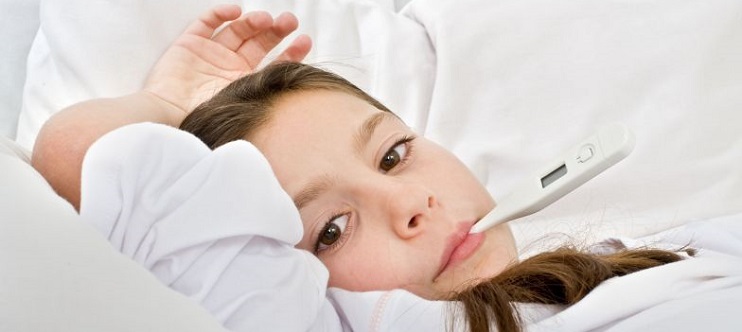

 Back to Suggested Publications
Back to Suggested Publications

This week WAidid suggests to read "Association of Prior Vaccination With Influenza Vaccine Effectiveness in Children Receiving Live Attenuated or Inactivated Vaccine", an article published on Jama Network last October.
SUMMARY
The effect of prior influenza vaccination on influenza vaccine effectiveness (VE) has become an area of great interest, given the expanded recommendations for annual vaccination. An increasing number of influenza studies have assessed the association of prior vaccination with VE in recent years. Few studies have specifically assessed prior vaccination in children or the effect of vaccinations received in the prior 2 or 3 seasons. Furthermore, little is known about prior vaccination effects in children who receive live attenuated influenza vaccine (LAIV).
The authors conducted an observational study, over 3 seasons, from 2013-2014 through 2015-2016, using the test-negative to assess the association of prior-season vaccination with VE and the risk of influenza among vaccinated children aged 2 to 17 years by vaccine type received.
Community-dwelling children who sought outpatient medical care for acute respiratory illness with fever, with symptom duration of less than 5 days, and without receipt of antiviral medication before enrollment, were eligible for study participation in each influenza season when influenza circulated locally. A nasal swab sample was collected and tested for influenza, using a multiplex reverse-transcription polymerase chain reaction (RT-PCR) assay.
Influenza vaccination dates and vaccine types were obtained for each participant, from 2010-2011 through their enrollment season, from medical records or immunization registries.
During the enrollment season, children were considered to be vaccinated if they had received 1 dose of seasonal vaccine 14 days or more before illness onset. For those previously vaccinated, vaccine type received in the 2 and 3 prior seasons was categorized as LAIV only, inactivated influenza vaccine (IIV) only, LAIV and IIV.
A total of 3369 children were included in the analysis.
In 2013-2014 and 2015-2016, influenza A(H1N1) pdm09 co-circulated with influenza B; in 2014-2015, influenza A(H3N2) co-circulated with influenza B.
In the enrollment season, half of the children were unvaccinated, 34% received IIV, and 15% received LAIV. A total of 772 (23%) had a positive test result for influenza.
The VE against influenza A(H1N1)pdm09 was 60% or more for IIV recipients for all prior vaccination
histories examined.
The VE against influenza A(H3N2) did not differ by prior 1-, 2-, or 3-season vaccination history or prior vaccine type for IIV recipients in the enrollment season.
The VE against influenza B were high (>50%) among children vaccinated in the enrollment season for all prior season vaccination histories.
Vaccination in prior seasons was not significantly associated with risk of LAIV failure against influenza A(H1N1)pdm09 or influenza B. For IIV recipients, there was no evidence that prior season vaccination was associated with risk of IIV failure against influenza A(H1N1)pdm09, influenza A(H3N2), or influenza B.
The authors reported, although highlighting their small sample size, that among LAIV recipients, protection against influenza A(H3N2) was significantly improved among children who were repeatedly vaccinated, and that vaccination was not associated with lower VE. Moreover, residual protection against influenza B was observed among children who were unvaccinated during the enrollment season but received either LAIV or IIV in prior seasons.
The authors concluded that influenza VE varied by influenza type and subtype and vaccine type, but prior-season vaccination was not associated with reduced VE, which support current recommendations for annual influenza vaccination of children.
AUTHORS: Huong Q. McLean, PhD, MPH; Herve Caspard, MD, ScD; Marie R. Griffin, MD, MPH; et al.
Read the full article on jamanetwork.com